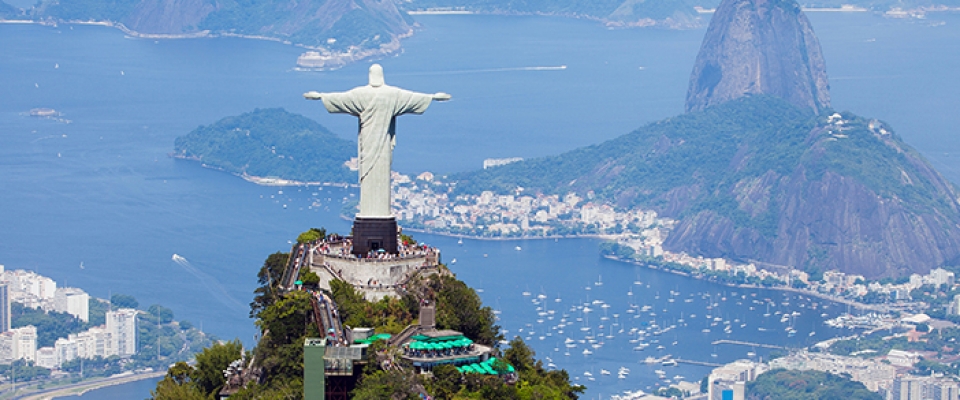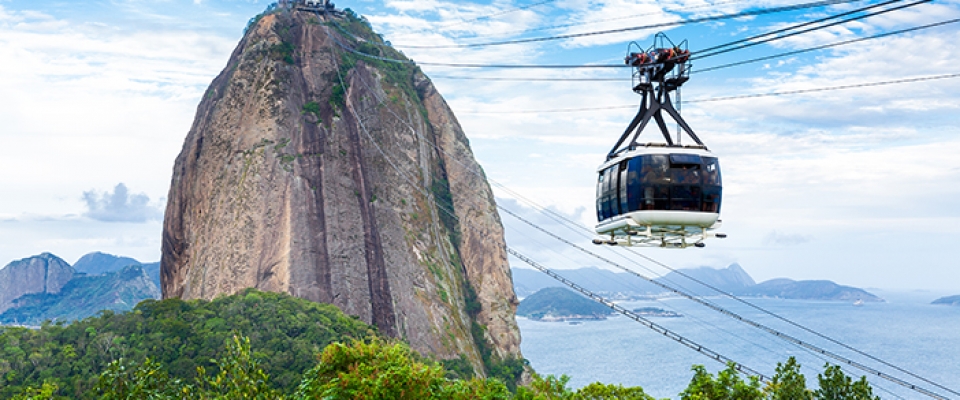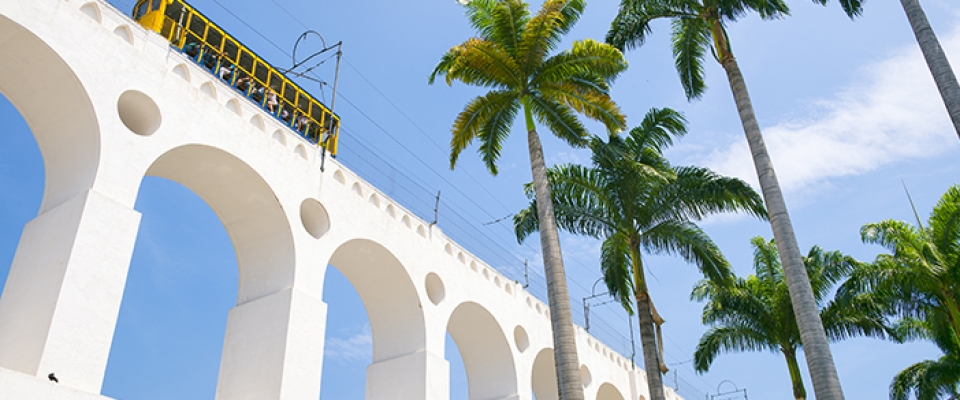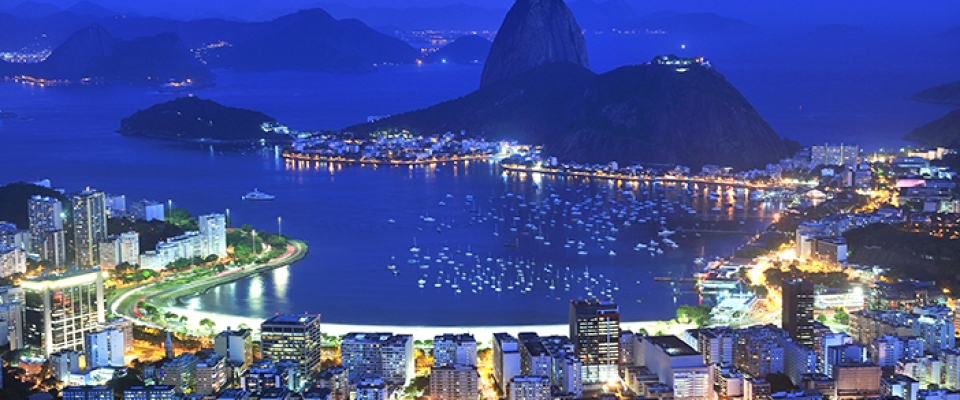Rio de Janeiro (RJ)
Located in the South-eastern region, Rio de Janeiro is Brazil’s most densely populated state, with the country’s third largest population.
Its capital is one of Brazil’s oldest cities, with over 450 years of history, and for a long time it was the capital of the country (from 1763 to 1960). The city’s identity is linked to the intense mixture of cultures between indigenous peoples and Portuguese, as well as the countless slaves that were brought over from Africa. Rio was the first city in the world to be designated as UNESCO Cultural Heritage.
Rio speaks for itself; unique geographic features and an utterly inimitable landscape which intertwines sea, mountains and tropical forest, the city oozes natural wonder, with Sugar Loaf Mountain and the Corcovado (where Christ the Redeemer stands watch), some of the world’s trendiest beaches, including Copacabana and Ipanema, as well as diverse play houses and fascinating museums, historic buildings and theatres.
The Land of the Samba, the city is famous for putting on the biggest carnival in the world, every February, attracting thousands of tourists from all four corners of the globe.
Another of the carioca’s special cultural strengths is their appetite for sport. It’s not for nothing that the city was chosen to host the 2016 Olympic and Paralympic Games.
Along its 90km of sun-kissed beaches, there are daily football, volley ball and foot volley matches, all of which are hugely popular sports in the city. Rio is also the largest urban climbing location in the world, and boasts climbs for all levels, such as the Pedra da Gávea and the Bico do Papagaio.
The capital’s incessant shine sometimes takes the spotlight away from other destinations in the state which are stunning in their own right. Worth visiting are: Arraial do Cabo and Buzios, a peninsula with beautiful, clear water beaches; Ilha Grande, a heavenly island blessed with crystalline waters, atlantic forest and completely preserved nature; the historic city of Paraty; the Itatiaia National Park, on the border with Minas Gerais and São Paulo; and the Pico do Dedo de Deus, a famous rock perched atop the highlands of Teresópolis, in the interior, mountainous region of the state.
The sensational natural attractions, the spontaneity of the people, who make everything into a party, the history and unique culture, are what make Rio de Janeiro one of the world’s most popular and famous tourist destinations, guaranteed to provide incomparable, unforgettable, intense experiences.

Capital: Rio de Janeiro
Area (km2): 43,780.172
Population: 16,550,024 (2015)
Term for a person from this state: fluminense
Dial code: 21 / 22 / 24
Bordering states: Espírito Santo, Minas Gerais and São Paulo




